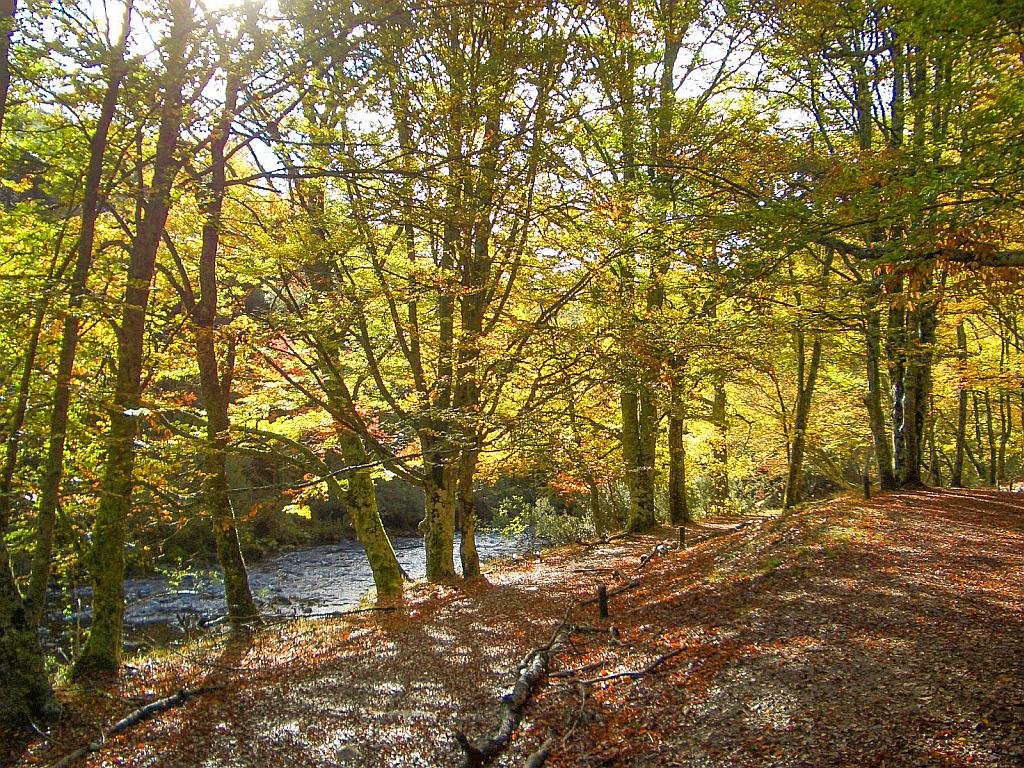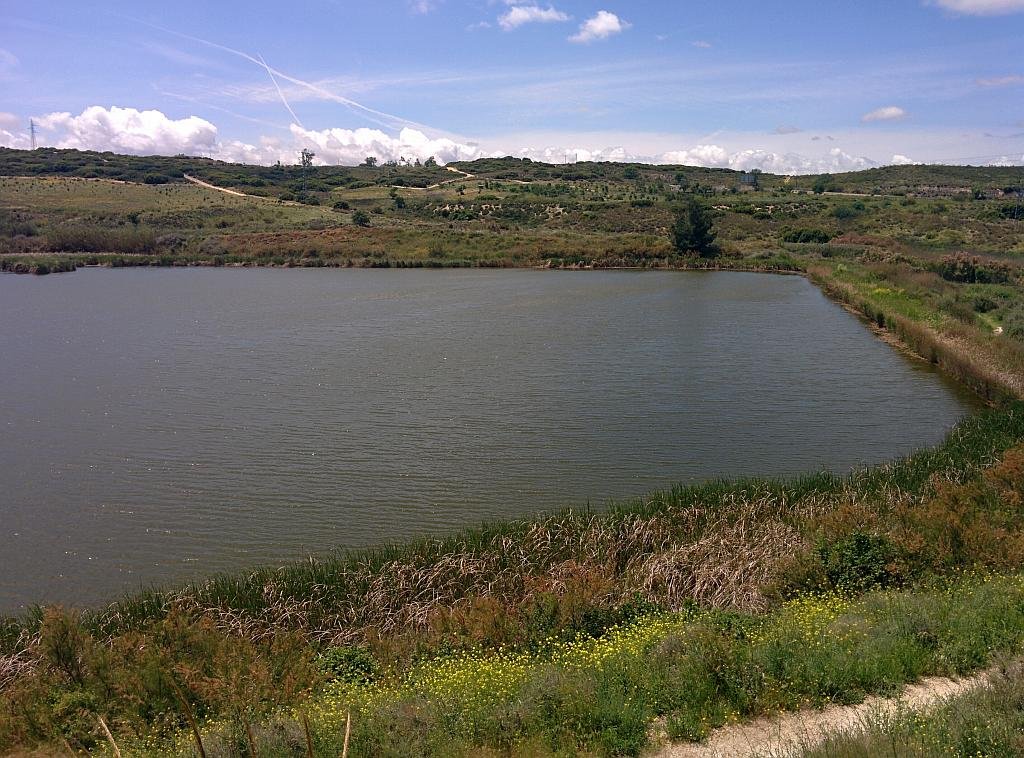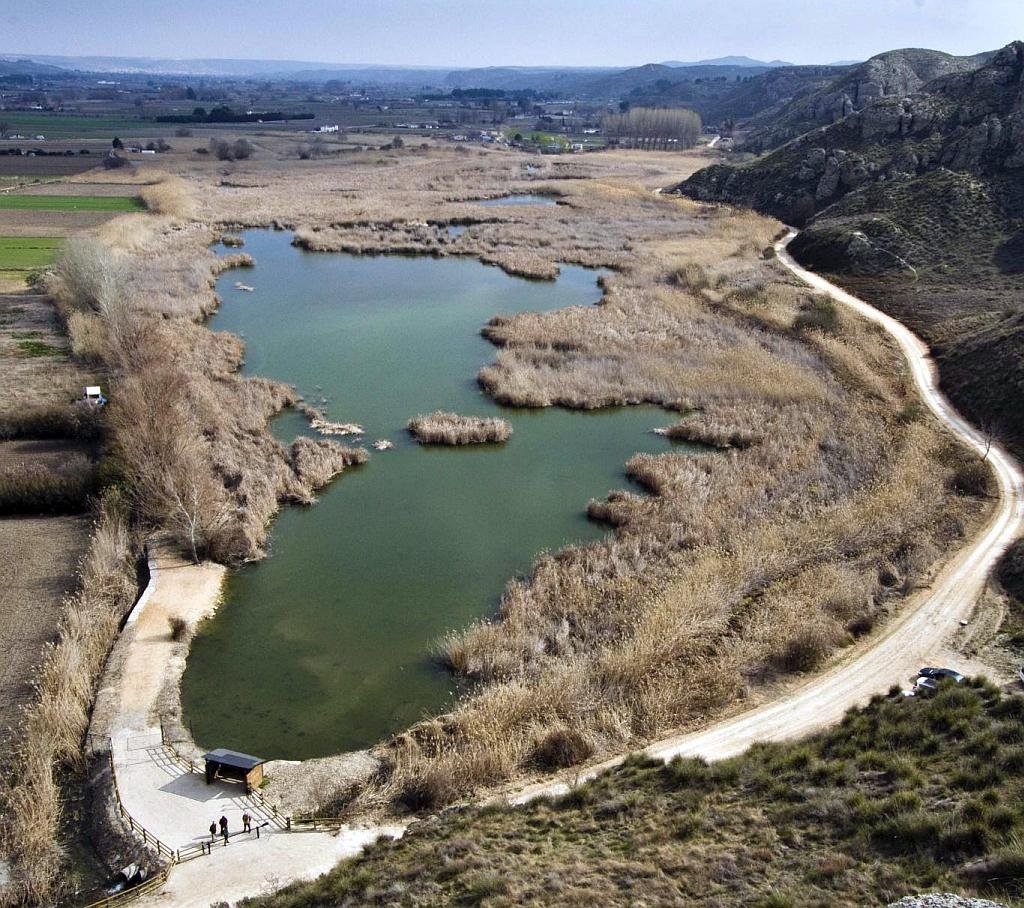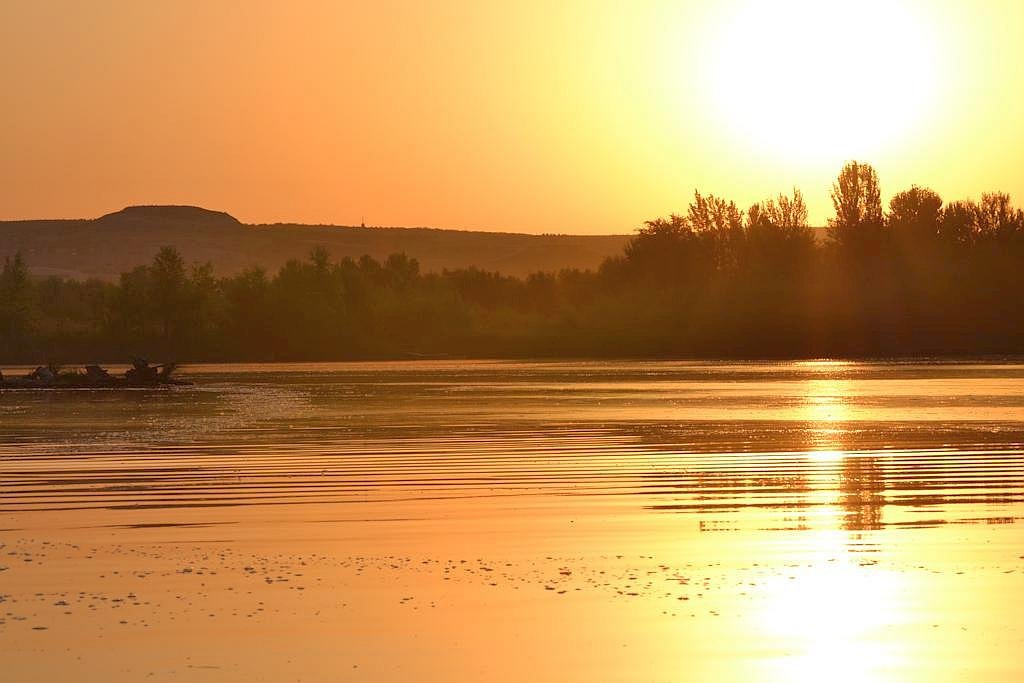- Region: Madrid
- Declared a protected area: 1974
- Park surface area: 250 hectares
- Towns and villages: Montejo de la Sierra
The hayedo Montejo beech forest is located on the slopes of the Sierra de Ayllón and is protected as a Natural Site of National Interest. It is a site of Community Importance (SCI) of Alto Lozoya and is also included within the limits of the the Sierra del Rincón Biosphere Reserve.
I’ve been living in this lovely area of Western Andalucia for the last 20 years or so and dedicate most of my time to the running of English language tourist information websites for the towns of Cádiz, Ronda, Grazalema, the famous or infamous Caminito del Rey, and also Wildside Holidays, which promotes sustainable and eco-friendly businesses running wildlife and walking holidays in Spain. My articles contain affiliate links that will help you reserve a hotel, bus, train or activity in the area. You don’t pay more, but by using them you do support this website. Thankyou!



